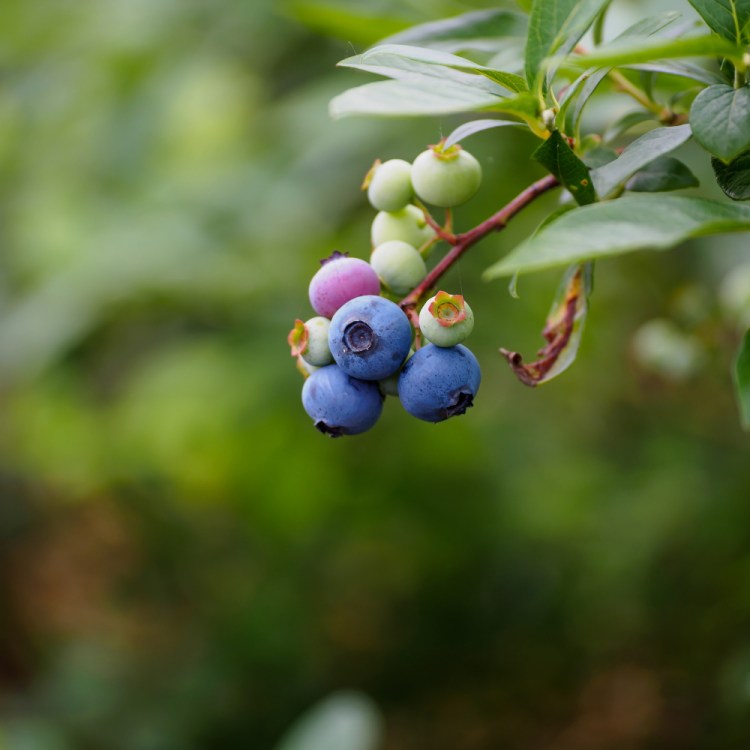One frustration with growing food is that when you taste something that you really like, it is usually too late to plant it. You have to remember to plant it the following spring. Blueberries are an exception. This is the peak season for eating blueberries, and it also is a great time for planting them.
While low-bush blueberries dominate Maine’s commercial crop, high-bush blueberries are better suited to home gardeners. They produce larger berries and more fruit per square foot of garden space, plus they do so more quickly than low-bush plants. Also, they make great shrubs in your perennial border.
Treat blueberries like almost any other shrub. Dig a hole at least twice the size of the root ball, plant the bush at the same depth it was growing in its nursery pot, add a lot of compost to the soil when you refill the hole, and water heavily right after planting.
After that, keep watering. While blueberry bushes do not need much care after their first year in the ground, they do need thorough watering, with a couple gallons of water every two or three days, until the ground freezes.
Plant at least two varieties of blueberries within 100 feet of each other to allow for cross-pollination – if only two varieties, make sure they are in bloom at the same time. Also, best to avoid late-season blueberries because Maine has recently been hit by the spotted-wing drosophila, a pest that lays its eggs in ripening fruit. Early- and mid-season blueberries will ripen before mid-August, when the insect is prevalent.
You will still have to buy your blueberries this year, but planting now will bring you backyard blueberries next summer.
— TOM ATWELL
Copy the Story LinkSend questions/comments to the editors.



Success. Please wait for the page to reload. If the page does not reload within 5 seconds, please refresh the page.
Enter your email and password to access comments.
Hi, to comment on stories you must . This profile is in addition to your subscription and website login.
Already have a commenting profile? .
Invalid username/password.
Please check your email to confirm and complete your registration.
Only subscribers are eligible to post comments. Please subscribe or login first for digital access. Here’s why.
Use the form below to reset your password. When you've submitted your account email, we will send an email with a reset code.